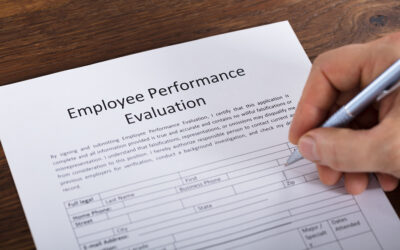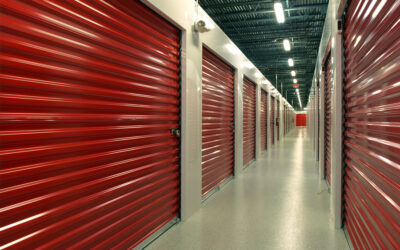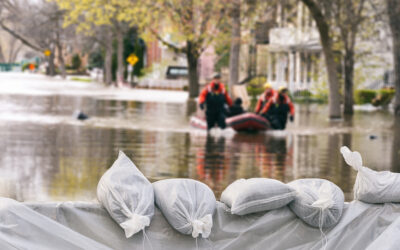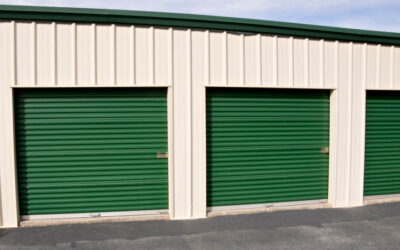Self-storage facilities, sometimes perceived as low-risk environments, can unexpectedly become targets for liability issues, particularly in the category of slip, fall, and bodily injury claims. Picture this: An excited college student, arms full of boxes, takes a serious fall while walking down an interior hallway to their rented unit due to a small puddle of water. An investigation reveals that the puddle resulted from a leak in the roof. The student sustains a serious head injury requiring emergency medical treatment, surgery, and a hospital stay – followed by treatment in an inpatient rehabilitation facility. The self-storage business owner now faces a negligence lawsuit in addition to a lengthy insurance claim investigation. Sound far-fetched? Think again. Slip, fall, and bodily injury incidents happen at commercial properties every day, and self-storage operations are no exception.
Consider the case of a Pennsylvania convenience store, where a small unnoticed water leak culminated in a $12.2 million settlement against the facility. This case highlights the critical need for insurance brokers and agents to deeply understand and mitigate these liability risks.
This blog provides a comprehensive overview of liability risks in self-storage facilities, emphasizing effective strategies to prevent slip, fall, and bodily injury claims and underscoring the indispensable role of liability insurance in mitigating associated risks.
Understanding Liability Risks in Self-Storage Facilities
Self-storage facilities present a unique set of challenges when it comes to managing liability risks. Hazards such as malfunctioning electronic gates, faulty lighting fixtures, uneven pavement, and sharp edges on rollup doors may arise quickly and go unnoticed between premises inspections. Factor in weather-related hazards like slippery walkways and steps due to ice and snow, wet floors from roof leaks, and slippery entryways due to rain, and it’s easy to see that a slip-and-fall injury could happen at any time.
In addition, the self-service nature of these businesses may mean that customers have access to the property when there is limited or no oversight by a facility manager. While this factor alone doesn’t increase the likelihood of injury accidents on the property, it does mean that injuries may occur when there are no witnesses (other than security cameras) and that the time between when an injury occurs and when it is reported by the customer may be days or weeks. Delays can make documenting and investigating these reports much more difficult as injuries heal or get worse, weather changes alter the environment, and memories fade. This reality of the self-storage industry highlights just how critical it is for business owners and their insurance agents to understand the inherent risks and take steps to minimize the risk of costly claims, lawsuits, and out-of-pocket financial repercussions.
Let’s examine the most common risks faced by self-storage operations and discuss risk mitigation strategies for self-storage facilities:
Negligence in Maintaining Safe Premises
One of the primary allegations an injured person might make against a self-storage facility after a slip-and-fall is the facility’s negligence in maintaining safe premises. This could include scenarios such as failure to address hazardous conditions like wet floors, icy walkways, poor lighting, or obstructed pathways. If a customer slips, trips, or injures themselves due to overlooked maintenance issues, the facility could be held liable for not ensuring a safe environment. Insurance can help by providing coverage for accidents that occur as a result of these and other hazards. To reduce the likelihood of claims, facilities should conduct physical premise inspections at periodic intervals throughout the day and promptly address any identified hazards. This includes fixing wet floors, icy walkways, poor lighting, and obstructed pathways. Daily premise inspections, regular maintenance inspections (gates, roofing, rollup doors, etc.), and timely repairs can help prevent accidents. As an added layer of protection, your self-storage clients should keep detailed records of all inspections (daily and periodic) as well as documentation and invoices from all repairs and any follow-up inspections. Finally, obtaining liability insurance at adequate limits can offer financial protection if the facility is found liable after an injury or other claim.
Inadequate Security Measures
Claims may also arise from inadequate security measures within the facility. If a customer is injured due to criminal activity that could have been prevented with proper security measures, such as lighting, surveillance cameras, or secure access, the facility could be held liable. This is particularly relevant if the facility has a history of criminal activity or is located in an area with a high crime rate, but fails to implement adequate security protocols. Liability insurance can provide coverage in case of injuries resulting from criminal activities that occurred due to inadequate facility security. To mitigate this risk, facilities should invest in robust security systems, including lighting, surveillance cameras, secure access controls, and remote notification of activity on the premises. Technology designed to increase security at self-storage facilities is a rapidly evolving field. With the advent of remote notification, high-resolution cameras, and individual unit monitors, self-storage has gone high-tech! It’s practically a foregone conclusion that AI will be the next leap forward for self-storage security.
Failure to Warn of Potential Hazards
Another allegation a customer might levy against a self-storage facility is a failure to adequately warn customers of potential hazards on the property. This could include inadequate signage and communication about areas under construction, insufficient warnings about weight limits for hand trucks or elevators, or lack of specific language in the rental lease concerning restrictions against storing chemicals or other hazardous materials in rented units. If a customer is injured because they were not properly informed of these and other hazards, the facility could be held legally responsible. To mitigate this risk, facilities should implement an emergency communication plan to notify customers in the event of a natural disaster or other catastrophic damage at the property that could make access unsafe; ensure that clear and visible signage is present in all areas, especially where there are potential hazards; and provide regular communications to tenants via email, text, and bill inserts.
Defective or Poorly Maintained Equipment
A customer can file a claim if they are injured due to defective or poorly maintained equipment within the self-storage facility. This includes broken shelving, malfunctioning doors and gates, or faulty lifting equipment. If such equipment causes injury, the facility may be liable for not properly inspecting and maintaining equipment to ensure customer safety. Self-storage businesses can mitigate this risk by hiring licensed and insured professionals to regularly inspect, service, and maintain equipment. Ensuring that all equipment is in good working order can help prevent accidents and injuries. In addition, obtaining property and liability insurance at appropriate limits can reduce the risk of costly out-of-pocket financial exposures due to claims and lawsuits.
Violations of Building Codes or Safety Regulations
If a self-storage business is not in compliance with local building codes or safety regulations and this noncompliance leads to an injury, the customer may have grounds for a claim. Examples include noncompliance with fire safety standards, inadequate structural integrity, or failure to adhere to accessibility requirements. These violations can directly contribute to hazardous conditions that may result in slip-and-fall or bodily injury incidents. Compliance with local building codes and safety regulations is crucial to mitigate this risk. Regular audits and updates to ensure compliance can prevent violations that could lead to injuries.
Inadequate Employee Training or Supervision
A facility could be liable if a lack of proper employee training or supervision contributes to a customer’s injury. This could involve employees not properly assisting customers with heavy items, failing to monitor and manage customer traffic in busy areas, or not adequately responding to spillages and other hazards. In such cases, the facility’s negligence in ensuring that staff is adequately trained and supervised can be a basis for a claim. Providing periodic, required, and documented training for employees can significantly reduce the risk of customer injuries and resulting claims. This includes training in safety protocols, customer assistance, and emergency response.
Trust MiniCo’s Self-Storage Expertise
Protecting your client’s self-storage business from slip, fall, and bodily injury incidents is critical. Start with the specialized insurance coverage and risk management strategies from the self-storage insurance experts. MiniCo’s exclusive Commercial Self-Storage program features a specialty BOP and monoline solutions designed specifically for self-storage operations. Learn more about our industry-leading program and get a quote online.




